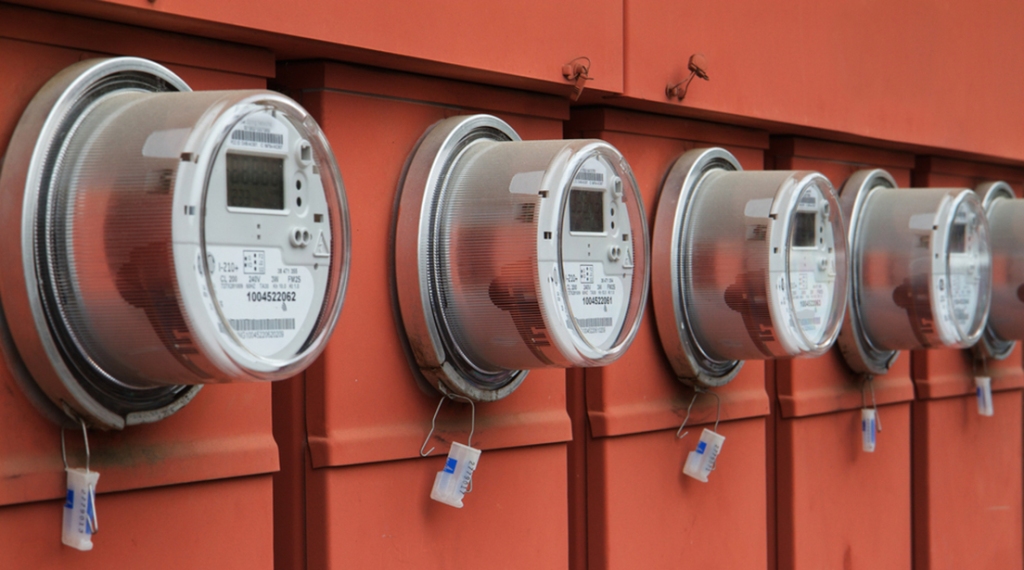On a clear day in parts of Los Angeles, you can see a string of commercial airliners queuing up to land at LAX. From a distance, this conga line of four or five planes silently hangs as if stationary on the horizon slowly curving towards the ground.
But if you’re in El Segundo, much closer to LAX, a plane approaching to land every two minutes becomes an unnervingly persistent disruption.
Living near an airport, under the landing pattern of jumbo jets, requires a certain amount of Zen to ignore. But noise isn’t the only detriment to finding peace in your home near an airport. Planes release toxins in the air; and with hundreds taking off and landing each day from major airports, living near a busy travel hub can take its toll on your health.
The Constant, Bone-Rattling Noise
When buying a home, there’s usually an implied wish for peace and quiet. Without much investigation, the discounted price tag on a home near an airport may seem a little too good to be true for that wish to get granted.
Consider the distance your potential new home sits from an airport. Less than a mile? More than nine? That distance may make a huge impact on your quality of life and your overall health. Two recent observational studies looked at the relationship between noise pollution and the increased risk for cardiovascular disease.
Both studies found an increased risk of possible health effects directly related to aircraft noise. The first paper studied 3.6 million people living near Heathrow Airport in London. Those living closest, in the noisiest residential area, saw “an elevated risk for stroke, coronary heart disease, and cardiovascular disease.”
The paper concluded that there is a “dose-response relationship,” which means that the closer you live to the airport, the more aircraft noise you experience in your home, the higher the risk you run for developing heart problems.
The second paper analyzed six million Medicare recipients in the U.S. who lived near 89 different airports around the country. Larry Husten, a contributor for Forbes reports:
“They found that people who lived in zip codes with the top 10% of noise exposure had a significant increase in the risk of hospital admission for cardiovascular disease (after adjusting for age, sex, race, zip code level socioeconomic status and demographics, zip code level air pollution and roadway density.)”

Dangerous Levels of Air Pollution
It’s been nearly two decades since lead was included in automobile gasoline. It had taken many years since passing the Clean Air Act of 1970 to change what can legally get included in what we pay for at the pump.
Lead creates nasty neurological effects that can damage the central nervous system, impair hearing, cause anemia and can manifest violent behavior later in life. “Even at infinitesimal levels in the blood, lead has been linked to ADHD,” says Michael Behar of On-Earth.org. It’s dangerous and potentially fatal for all age groups, and it is still allowed in airline fuel.
“When the Oregon Department of Environmental Quality surveyed the airport in 2005, it found a lead cloud hovering above Hillsboro [home to Portland-Hillsboro Airport], a circular plume spanning 25 square miles,” says Behar.
Twenty-five square miles covers a staggering number of homes surrounding the airport. And lead is really just one of the many pollutants spewed by airplanes. Recent studies indicate an increased cancer risk for those living near an airport. Volatile organic compounds (VOCs) are included in the slurry of toxins spewed into the air by planes across their flight path. These VOCs are directly linked to an increase in cancer rates of residents in surrounding areas.
Researchers looked at the residences surrounding the Seattle-Tacoma Airport (SeaTac). “Health workers also found high numbers of cases of the brain cancer called glioblastoma.” This condition is normally fatal when contracted. It remains rare in the general public, affecting one in 25,000 people, but the area around SeaTac, “which has a population of 23,000, had experienced at least five deaths from the disease,” says Andrea Perry, a reporter for DailyMail. This means residents near SeaTac have a five-fold increased risk in developing this deadly disease.
If you’re asking yourself how something like this isn’t widely reported, you’re not alone. “The question is why hasn’t any research been done. No one seems to be taking this threat seriously and we really should be asking more questions about the effects on health caused by the aviation industry,” says a spokesman for Transport 2000, the organization leading this latest round of research.
Unfortunately, the exponential increase in aviation is likely to increase these figures as well. It is reported that air travel in 2015 has more than doubled since 1995, and if current trends continue by 2050 “passenger-kilometers flown could grow between five and nine times the figure for 1995,” predicts Transport 2000.
The Looming Threat of Evictions
This information should give pause to anyone considering buying a home near an airport. But beyond health risks and daily noise disruptions, there’s one more little problem with living near an airport. As Realtor.com reminds us, “a home very close to the physical border of the airport might decrease in value should the airport decide to expand or add additional runways that create new flight paths.”
So even if you’re okay with the potential damaging health effects of living close to an airport, you may find that you’ll be forced out of your home if the airport decides to expand or restructure its flight paths. In case you were wondering, evictions due to airport expansions happen relatively often.






